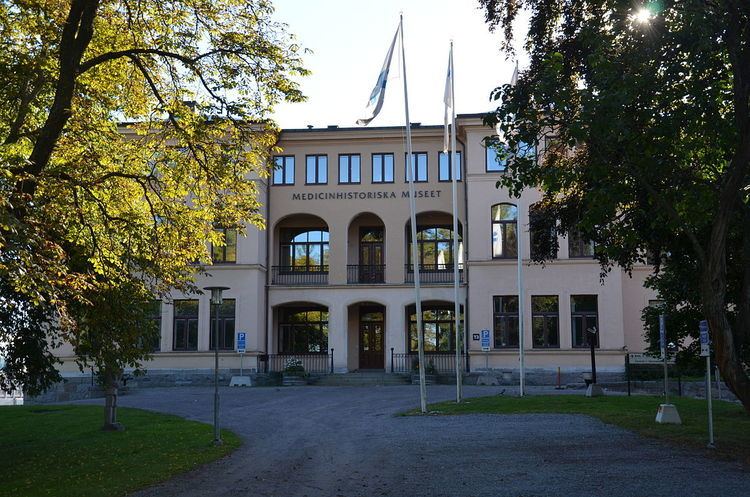 | ||
Medical museums are institutions that store and exhibit objects of historical, scientific, artistic, or cultural interest that have a link to medicine or health. Displays often include models, instruments, books and manuscripts, as well as medical images and the technologies used to capture them (such as X-ray machines). Some museums reflect specialized medical areas, such as dentristry, nursing, this history of specific hospitals, and historic pharmacies.
Contents
Professional organisations of medical museums include the Medical Museums Association, who publish The Watermark (the quarterly publication of the Archivists and Librarians in the History of the Health Sciences), and the The London Museums of Health & Medicine.
History
Many medical museums have links with medical training providers, such as medical schools or colleges, and often their collections were used in medical education. They were often private, "granting access only to students and practising physicians".
Ethical debates
High profile medical exhibitions such as Body Worlds and Bodies: The Exhibition, have spurred debate as to the ethics and value of such displays. Historians such as Samuel Alberti have sought to place this "tension between education and sensation" into a broader historical context of freak shows and anatomy displays.
Projects such as Exceptional & Extraordinary have engaged with such controversy and used it as a platform to "examine our attitudes towards difference and aim to stimulate debate around the implications of a society that values some lives more than others."
